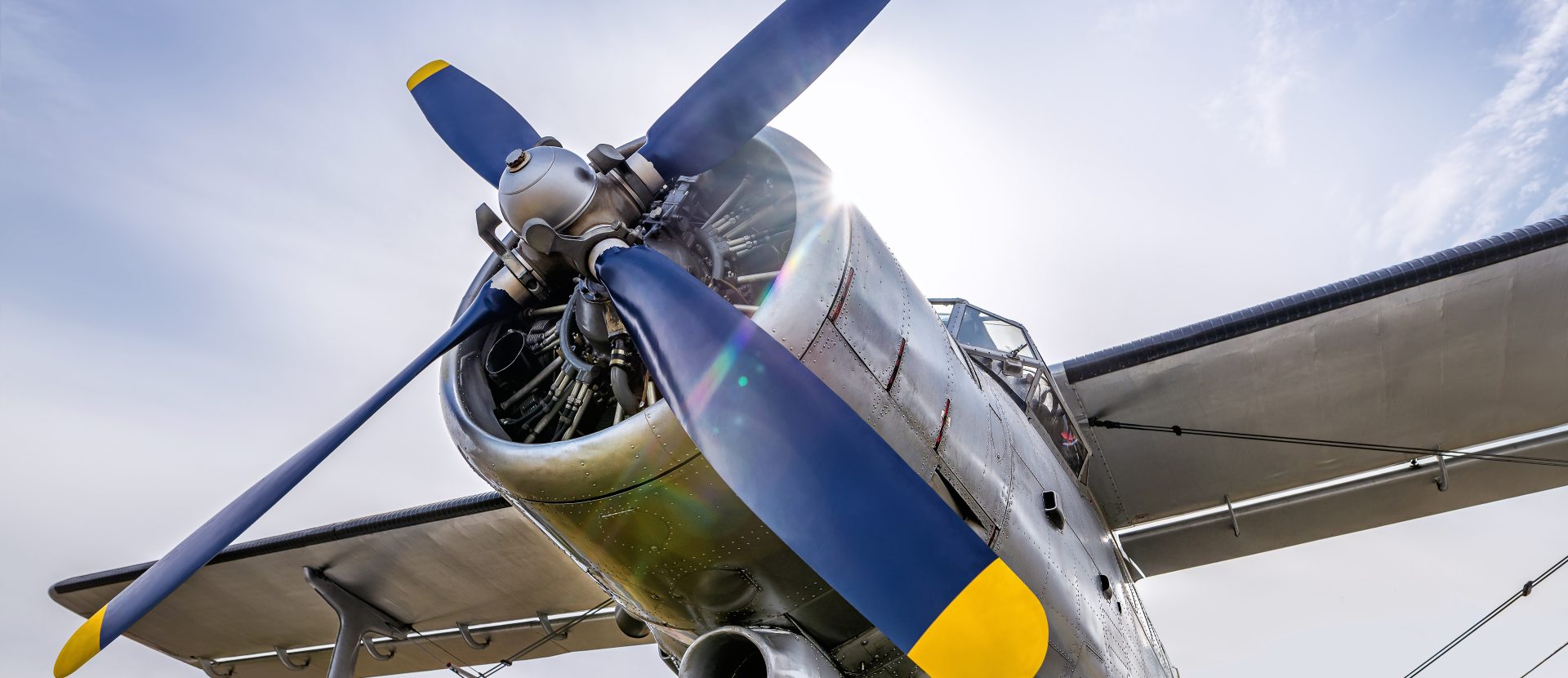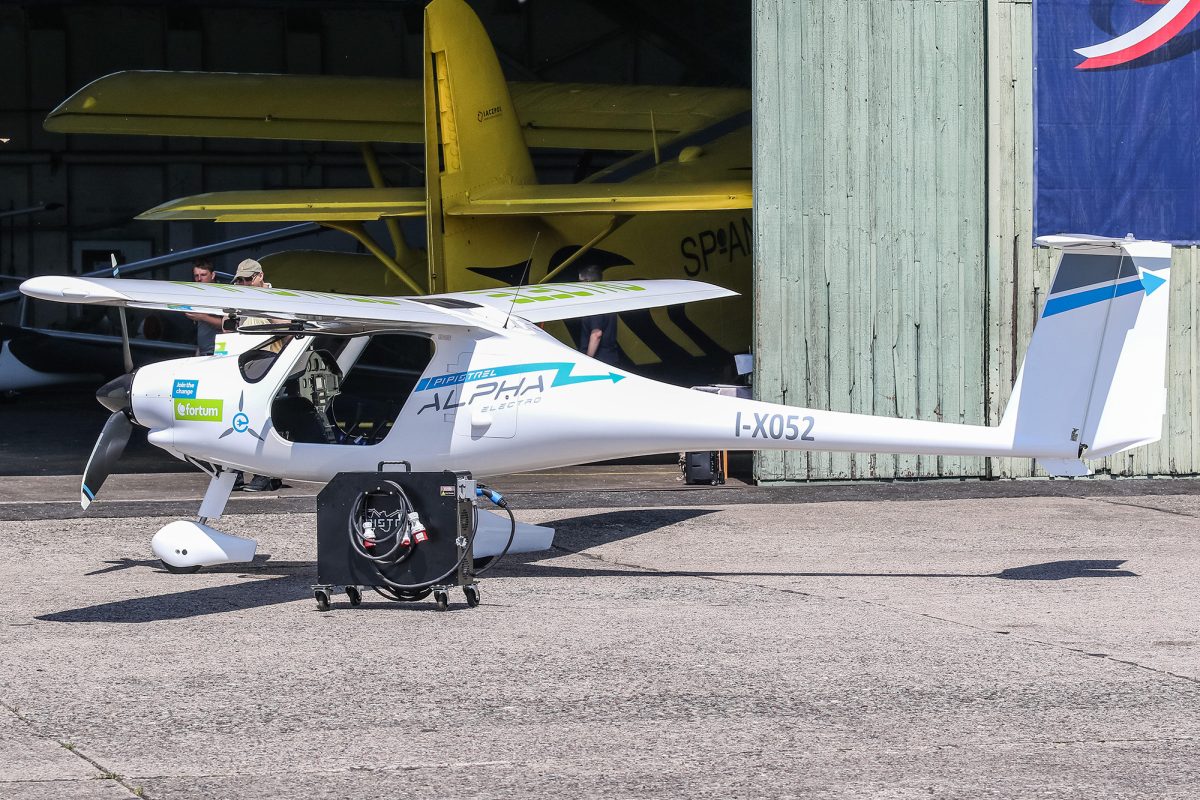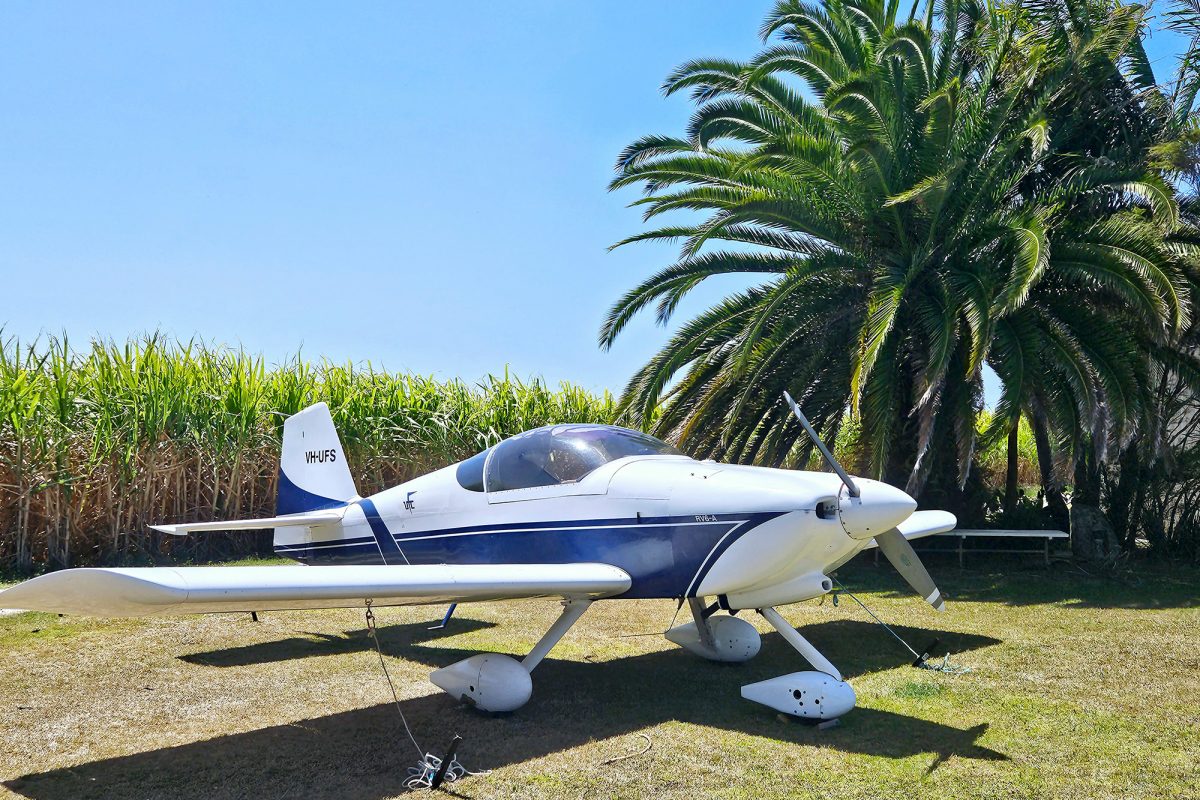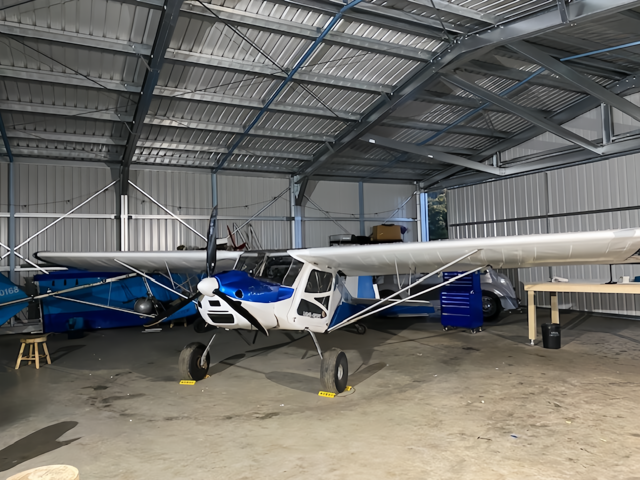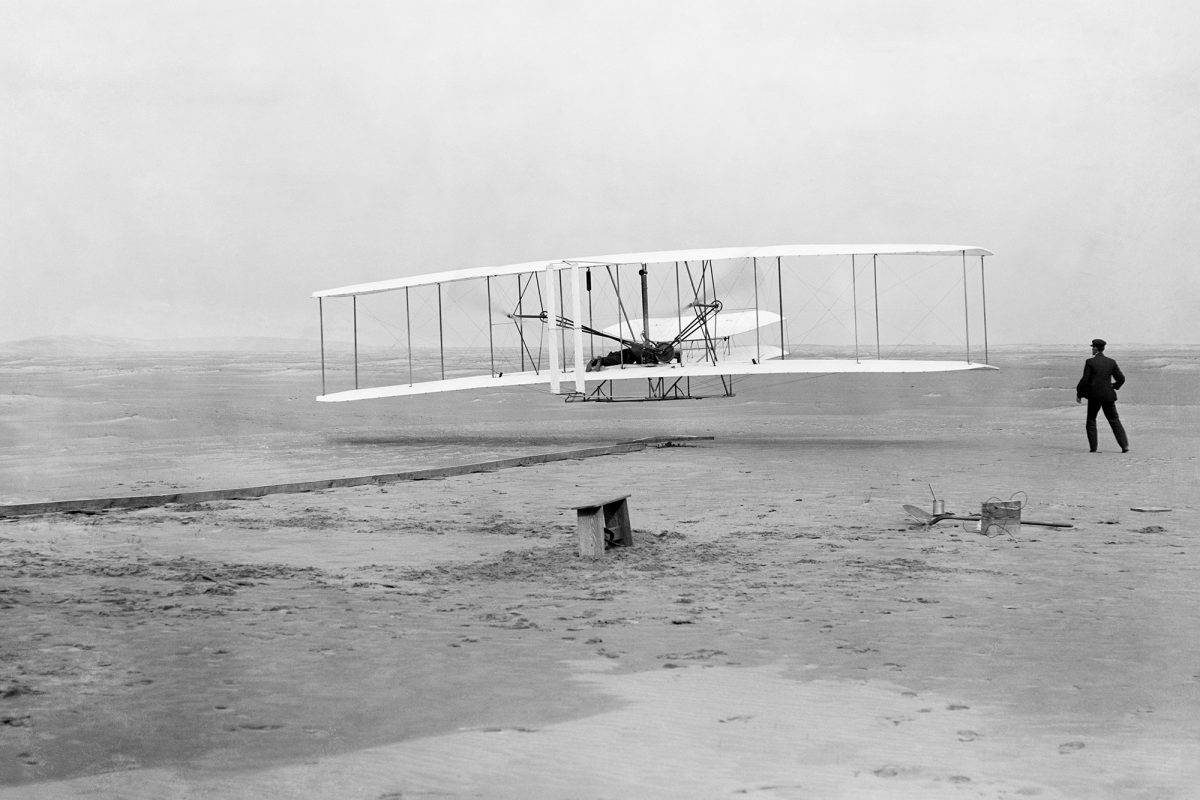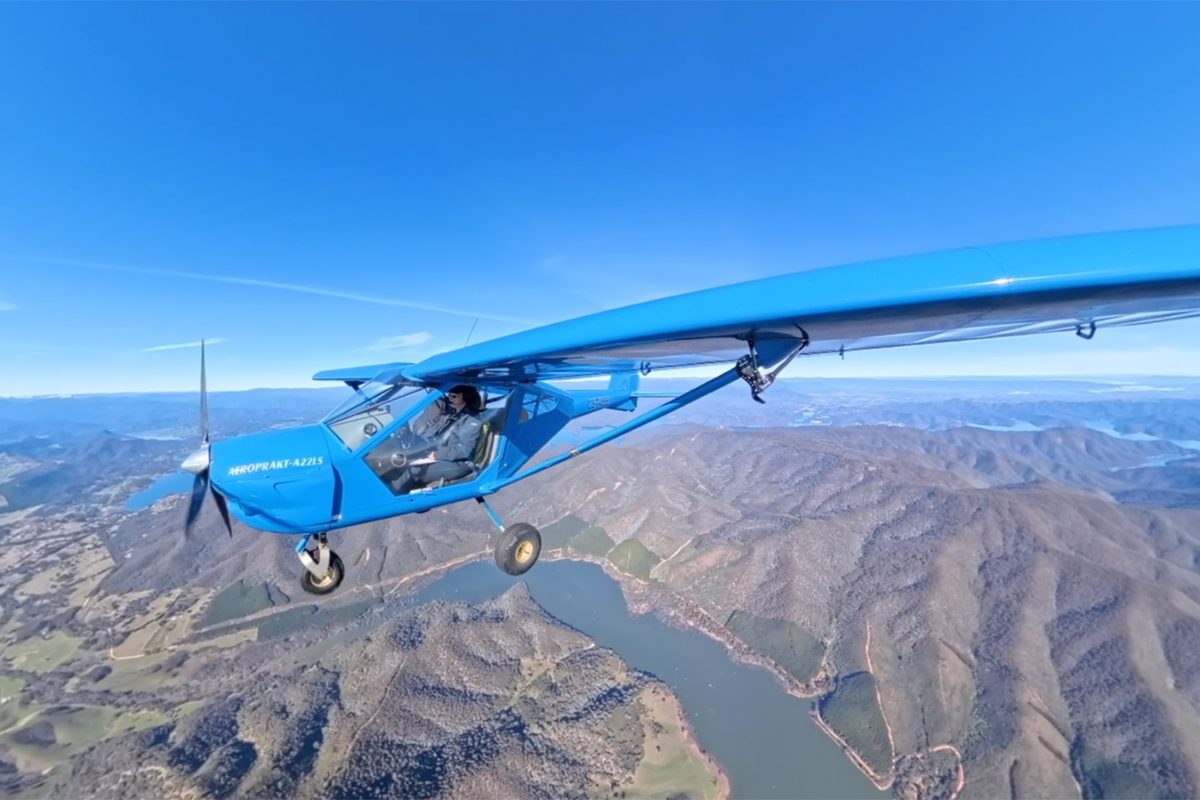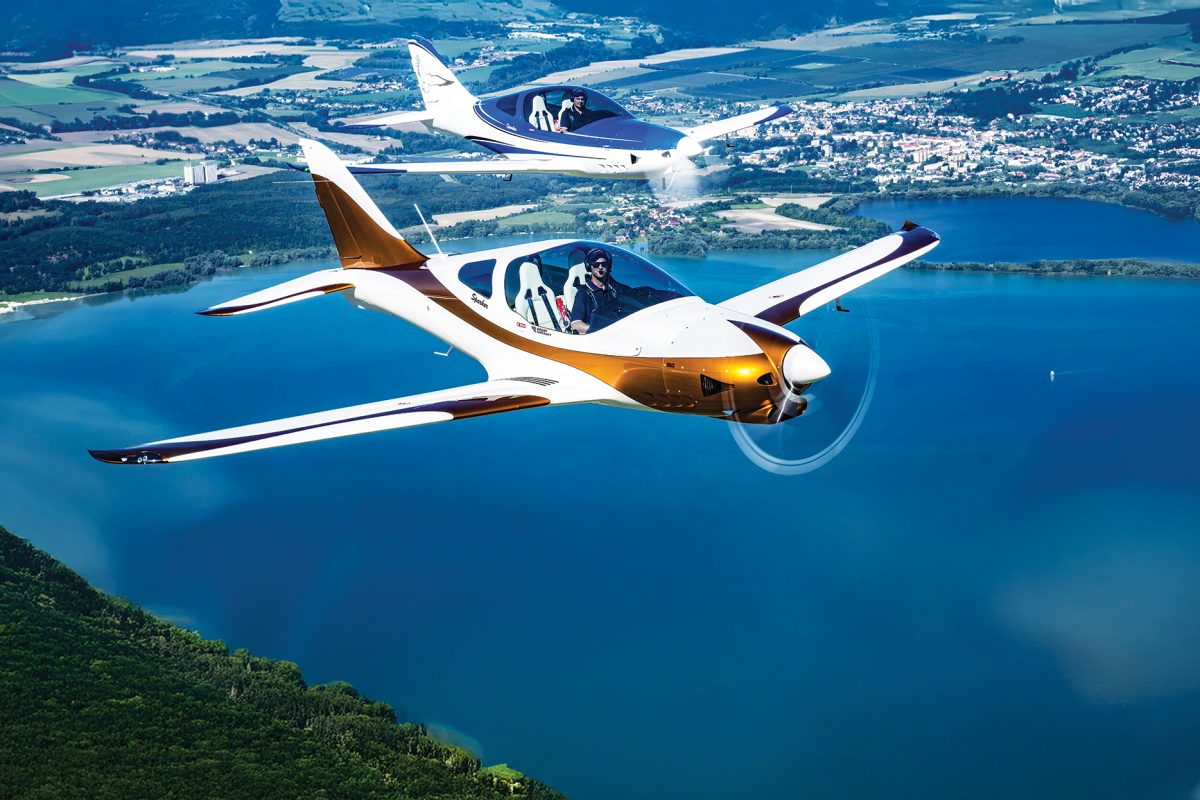A SPIN THROUGH PROPELLER HISTORY
What was the most important invention in history? The printing press? Automobile? The lightbulb? Sliced bread? I think our most clever moment originated with a screw.
Although I have great respect for the work of Gutenberg, Benz and Edison, there is one innovation that seems to draw very little attention in the history books for its contribution to mankind. It is an invention that allowed mastery of irrigation, the ability to sail into the wind and the capability for humans to soar amongst the clouds. Of course, I’m am talking about the propeller.
Whilst the propeller might not compare to the likes of the printing press, automobile or lightbulb in terms of sophistication, its role in shaping human history has been paramount. Just like everything good: democracy, the Olympics and Western Philosophy, history credits the origin of the propeller, or ‘screw’ to ancient Greece. Specifically, Archimedes is credited with its invention with his Archimedean Screw design in c. 234 BC, which was intended as a water pump – a far cry from the props we see on aircraft today or even 100 years ago.
Today we would best describe the shape of an Archimedean screw as an auger. However, the truth is that early flying machines utilising a screw originated around 150 years earlier than Archimedes: in China, c. 400 BC Bamboo flying toys or bamboo-copter (Taketombo, or Bamboo Dragonfly), that look like a two-prong propeller mounted on a perpendicular stick. The stick is spun between the hands causing the propeller to spin and generate lift – albeit momentarily. Nevertheless, it was the Archimedean screw which formed the foundation for future propeller designs to iterate from.
Notably, Leonardo da Vinci could have been the first westerner to imagine a screw’s use in an aeronautical setting in the late 1480s with his helicopter, A.K.A “aerial screw”. Unfortunately, only a few working models were ever produced. Later iterations of his model turned out similar to the Chinese Bamboo-copter toys.

Following this, the screw was experimented with in the advent of the steam engine as a method of ship propulsion to rival the popular but inefficient paddle steamer design. After some experimentation with single and double screw designs, it was not until the 1830s to 1840s that saw the final iteration between long screw propellers and the shorter propellers that are more recognisable on aircraft and ships today.
In fact, a serendipitous discovery in 1837 was when a propeller consisting of two full turns designed and patented by Francis Pettit Smith broke in half. To his surprise, however, this modification doubled the speed of his test vessel, and his patent was revised accordingly. Marking the beginning of a widespread favouritism towards propellers as the premier form of ship propulsion was the adoption of a six-blade propeller on the SS Great Britain in 1843 – then the world’s largest ship. After much more refinement throughout the mid-19th century, the general design of screw propellers stabilised in the 1880s.
Throughout the mid and later 19th century, scientists and inventors toyed with engine, human and rubber band powered propellers attached to balloons. Whilst being mostly ineffective for anything other than a display, this demonstrated that propellers would be a suitable method of propulsion for aircraft. In fact, it was the rubber band powered toy coaxial helicopter, developed by Alphonse Penaud in 1870, that provided the Wright Brothers with inspiration to pursue their dream of flight – a gift from their father.

Whilst the Wright brothers are thought to have pioneered flight, their contribution to the advancement of the propeller for aeronautical use is less known. Despite other aspiring aviators modelling their propellers off marine designs, the Wright brothers instead imagined the propeller as very similar to the wing. They pioneered the twist in the propeller to keep the angle of attack constant as the inner surface of the blade travels at a slower speed than the outer surface. Irrespective of modern materials, machines and testing facilities, the blades they designed in 1903 were only 5% less efficient than those in use today.
Another milestone in the history of aeronautical propeller design was in 1918 when Wallace Turnbull created the first variable pitch propeller.


This allowed the pilot to adjust the pitch of the propeller blade to increase the efficiency and performance of the aircraft in different conditions. As an aircraft increases in speed, the pitch or angle of attack of the blade must also increase to maintain maximum efficiency through the air. In 1929 a patent was received by Turnbull for his electrically-operated mechanism.
A further refinement to variable pitch propellers is constant speed propellers. These are capable of automatically changing the pitch of the blade to maintain a specific rotational speed. Similar to cars, aircraft also produce their maximum output within a specific range of revolutions per minute. Therefore, increasing the angle of attack of the propeller blades rather than increasing the rotation speed of the engine will increase the speed of the aircraft. This is very much like changing to a higher gear in a car
rather than hitting the red line for more speed. Even better than in a car, the constant-speed propeller is continuous rather than limited to a discrete number of gears. Today, nearly all high-performance propeller-driven aircraft contain constant-speed propellers to improve fuel-efficiency and performance of the plane, especially at higher altitudes.
In the design of aircraft propellers is consideration of the number of blades required. In the modern era, we see propellers containing usually two to six blades – or possibly more, depending on the application. More blades are needed to utilise the power generated by a larger engine. This largely explains why on a Cessna or Tecnam we would expect to see fewer blades than on a C-130 Hercules – generally two on a small Cessna versus up to eight blades per propeller on a Hercules.
So, what was the greatest invention of all time? A case can be made for almost anything somewhat influential, but if an invention’s influence on human history is compounded through time then I’d argue the propeller could deserve the trophy.
